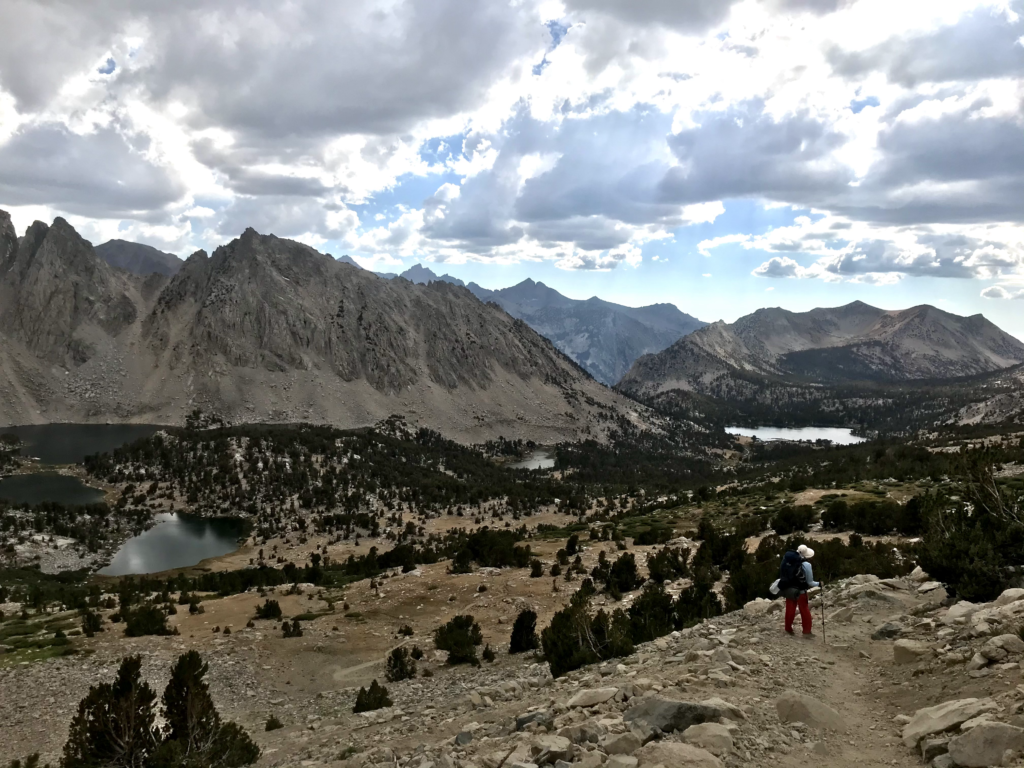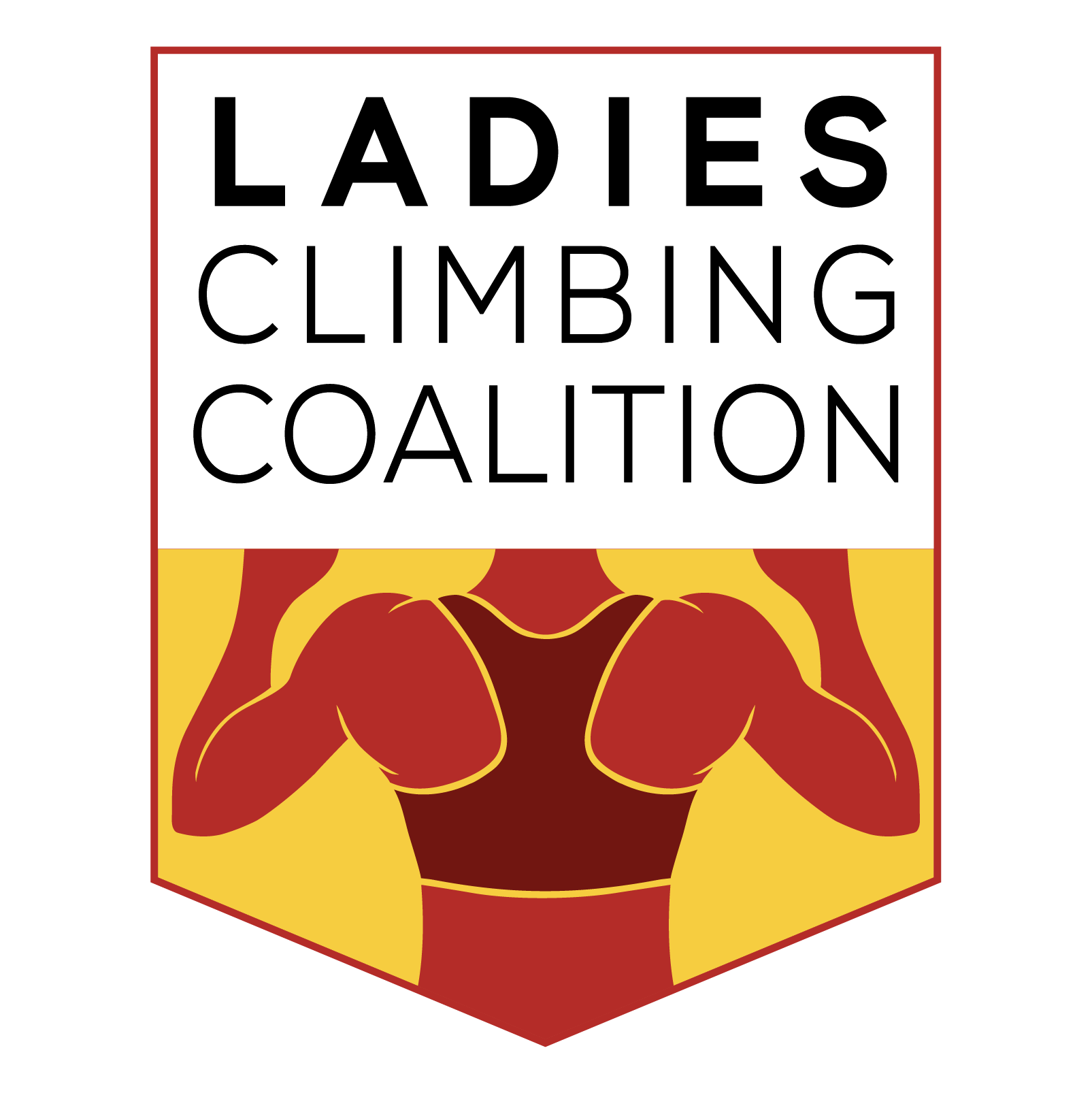28 Jul THE JOHN MUIR TRAIL NEEDS A NEW NAME
By: Taylor Friedlander

It’s impossible to venture into the Sierras without acknowledging John Muir. His name is on everything. Muir Pass. Muir Lake. Mount Muir. Little yellow flowers called Muir’s Ivesia. And of course, that most famous pièce de résistance — the John Muir Trail. It reminded me of when I got a label maker back in middle school. Seized by a territorial fervor, I zealously labeled all my things, punching out my name letter by letter. It seemed that something similar had happened with John Muir and the natural world.
I was curious to learn more about this John Muir. Seeing that he was a prolific writer (and that I had time to burn in the midst of quarantine) I started reading one of his books, My First Summer in the Sierra. His descriptions of the natural world were poetic and ethereal. Through his words I felt transported back in time, as he and his crew loaded up their pack animals to herd a flock of sheep across the mountains.
Then, John Muir described his comrades. Mr. Delaney, the sheep owner. Billy, the shepherd. Carlo, the Saint Bernard. And the minorities, whose names were omitted and replaced by racial slurs: the Chinaman and the Digger Indian.
Rrrpp. The sound of a record scratch played in my mind. What a racist comment for such a glorified figure. I conferred with Google.
“Was John Muir a racist?” I asked Google through the search bar.
“Oh yes,” Google revealed.
It turns out that he was good friends with the founder of the American Eugenics Society. And that many early members of the Sierra Club were eugenicists as well.
At first I was surprised, but the more I learned about early American conservation efforts, the more sense it made.
In a Smithsonian Magazine article, Michael Brune, the executive director of the Sierra Club, explained that in its early days, the organization was “basically a mountaineering club for middle and upper-class white people who worked to preserve the wilderness they hiked through.” On the way to accomplishing this goal, indigenous peoples were violently removed from their homes, and in some cases murdered in cold blood. Peter Hardenman Burnett, the first governor of California, set aside state funds to equip local militias with weapons for killing native people. Between 1846 and 1871, the California Genocide raged, claiming the lives of up to 16,000 Native Americans.

I didn’t learn about this in school. You probably didn’t either. It’s not part of the American historical narrative. Instead, we have the John Muir pioneer narrative — that this stolid explorer had hiked his way through virgin lands for which he was now named. But that notion is wrong. The lands were cared for and lived in. The trails he walked had been forged by native peoples who had used them for thousands of years. What is known today as the John Muir Trail already had a name: the Nüümü Poyo, which translates to “The People’s Road.”
I think that this is an infinitely better name, with deeper history and broader inclusivity. And it disrupts a narrative that idolizes someone who wouldn’t want me walking on “his” trail anyway. I’m a half Japanese and half Jewish woman. I don’t think John Muir and his cabal of white supremacists would have offered me much welcome into their old boys’ club. There are already shifts taking place in the outdoor community to replace offensive names with more inclusive titles.
The Denver Post reported on how, in the climbing world, the first person to set up and execute a route has the right to name it. Unfortunately, many such first
ascensionists chose racist, homophobic, and vulgar names, like the “Whipping Post,” which has since been renamed “Black is Beautiful.” But the changes are
coming slowly and face resistance. And any change to the title of the John Muir Trail will likely be a controversial one.

The fact is, I do enjoy the trail, in no small part, thanks to John Muir’s conservationist efforts. So, it seems that the legacy of Muir is mired in an ethical paradox. Yes, he worked to protect the natural world from exploitation, but his racist philosophies contributed to the exploitation of native peoples.
UC Berkeley recently faced a similar dilemma. Until recently, its law school was known as Boalt Hall, named for John Boalt, a wealthy donor. But then, in 2017, it came to light that John Boalt was a racist, vehemently opposed to Chinese immigration.
What to do? Ultimately, Berkeley changed the law school’s name. “It’s incredibly important to confront racist symbols, like John Boalt’s name on a building, because these symbols act to reinforce the history of white supremacy in our institutions,” said Paul Fine, a Berkeley Professor.
Berkeley said good-bye to John Boalt. I think the Sierras should do the same for John Muir. Especially since there’s a far superior name readily available – the Nüümü Poyo — the People’s Road.
